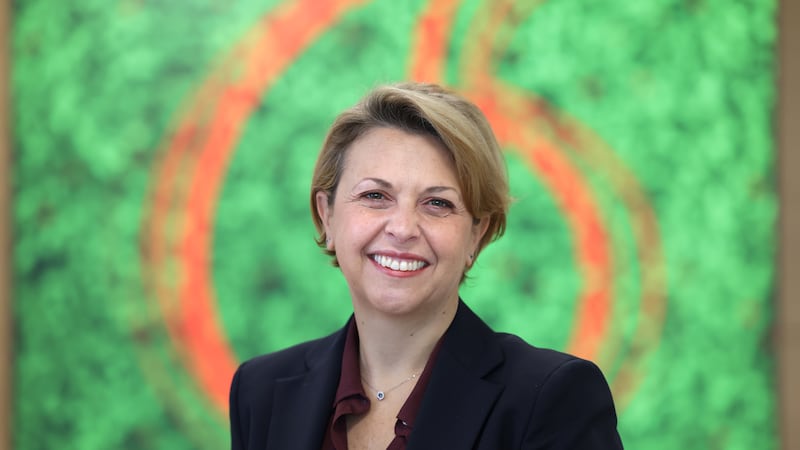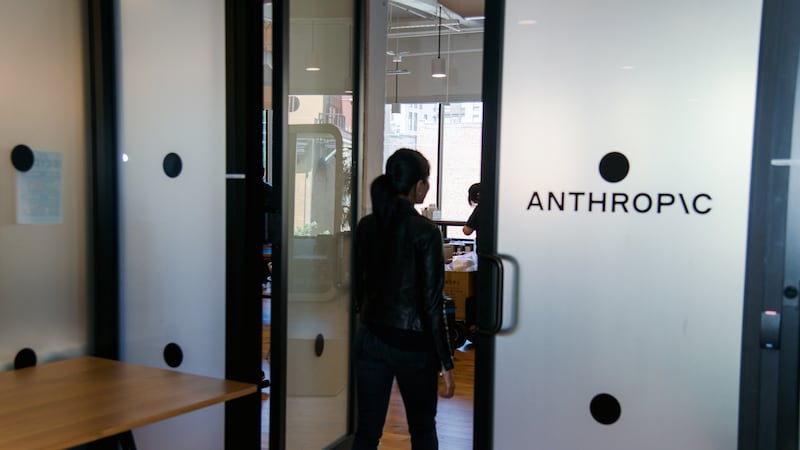The "internet of things" is one of those technology concepts, like big data and cloud computing, that was discussed in the research community long before breaking into the commercial world. A phrase coined by MIT's Kevin Ashton, it describes appliances enabled with sensors and assigned their own IP address that connect to the web – thus creating a world of possibilities.
There’s a widely held view that it will be the next stage of internet evolution that began with computers hooking up the web, accelerated with the advent of mobile devices, and is set to explode with machine-to-machine (M2M) connectivity. Although 15 billion devices are connected to the web, 99.4 per cent are not – and that’s where the opportunity lies. Ideas have flourished around health and logistics in particular, with M2M facilitating remote monitoring of everything from patients to vehicles.
Cisco is particularly keen to stake a claim in this new territory, which is unsurprising for a network specialist that has built its business around connectivity.
Having come up with a more expansive phrase – the “internet of everything” (IoE) to encompass people, processes and data as well as things – the US multinational published research that identifies a market it believes will be worth $14.4 trillion (€11 trillion) by 2022.
"We see it as another technology transition like cloud and big data, but what it can deliver in real outcomes is what interests us," said Adam Grennan, Cisco's country manager for Ireland.
Changing lives
The idea of connecting toasters and fridges, or closing your living room curtains remotely has met with scepticism, but new examples are starting to suggest real benefits, according to Grennan.
As an example of how scenarios are already changing lives, he cites a US firm that has developed a smart pillbox that shows whether a patient is taking their medication.
Davra Networks, an Irish company and Cisco development partner, is building a business based on M2M communications solutions delivered as a managed service. Chief executive Paul Glynn has been a serial entrepreneur since the 1990s focusing much of his work on network management tools. He says IoE is about to become a game changer because of the size and scope of mobile networks.
“Traditionally networks were about connecting buildings and [were] application driven. Everything else was mobile or too distributed to be connected, but that’s changed with the emergence of 3G and now 4G,” he said.
Buses, trucks, trains, tractors and medical equipment can all become part of wide area networks. Davra Networks has built a cloud management platform to position itself at the centre of this world, capable of connecting tens of millions of devices.
Making the kind of business case that brings big ideas to life, Glynn talks about a project in the US that could save a large food manufacturer $50 million a year.
“We’ve put sensors on tractors that take soil samples and then send data to the cloud for real-time analysis,” he said.
“They look at traditional yields for the field and incoming weather patterns before sending data back that determines how many seeds are dropped.
“They have 50,000 tractors and over a million acres which is why the savings in seed costs alone is so enormous.”
Anxious to carry Ireland along on this new technology wave, Glynn hopes to get his company involved in a project with Dublin Bus. "They went to tender for connecting their bus fleet, which would make it one of the largest wide area networks in Ireland," he said.
Embedded sensors could facilitate the remote monitoring of oil and tyre pressure, and live video streaming for security purposes.
Using near field communication (NFC) and contactless ticket payment technology, passengers could pay for their tickets by simply waving a phone at a reader, he adds.
The technology is here and standards are in place to overcome connectivity challenges that were obstacles in the past, according to Glynn. He says the biggest barrier to M2M adoption is the mobile operators who have been slow to grasp the business opportunity.
"We have been engaging with carriers and trying to get them to build their own services," he said. "Google has shown what can be done by selling access to data, but there's potentially much more M2M data that Google can't get at. There is an opportunity for mobile carriers to monetise it and become big players in this."
Glynn paints a picture of a connected ecosystem where new revenue models begin to emerge. A supermarket with sensors in their fridges could alert the store manager when stocks run low. Or the data could be fed directly to food producers prepared to pay for real-time product visibility that can help them to ensure appropriate inventory.
Another obstacle to M2M adoption may be the recession. Do beleaguered health and retail sectors have the appetite or the money to invest in innovative new technologies, even with the promise of a return?
Grennan thinks they do. “I have a sense that when you are in an industry that has had some challenges, you resource it as best you can and then look to create operational efficiencies beyond that. You do it through technology and a lot of industries are waking up to that,” he said.
Energy industry
Glynn regards the oil and gas industry as prime prospects. Monitoring lucrative pipelines that roll across miles of wilderness with M2M technology is one obvious application. "We're market driven and we go where the money is," he said. "We're not focusing on 'ehealth' for example because we're not seeing the demand."
Such commercial pragmatism is clearly catching people’s attention.
Irish venture capital company Delta Partners recently invested $2 million in the firm to help expand its global operations, and Barry O'Sullivan, senior vice president at Cisco Systems, was appointed to the board.
















